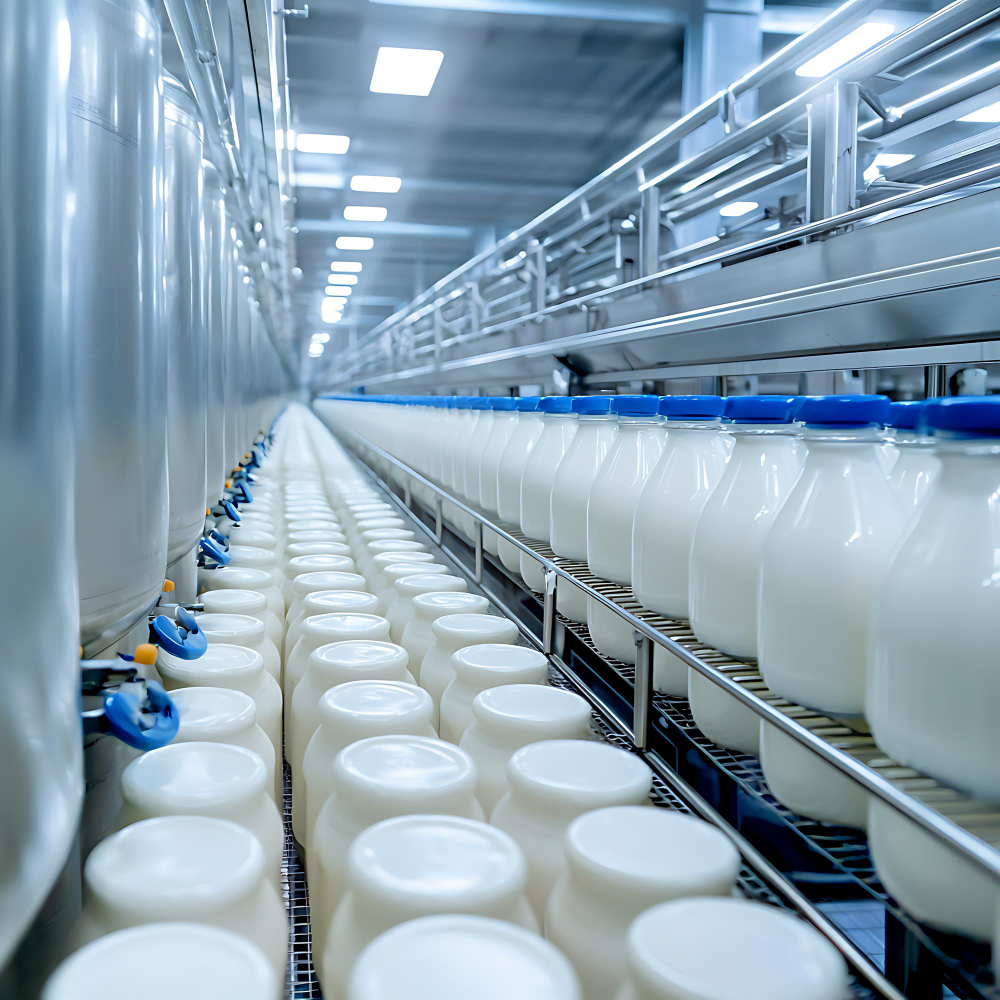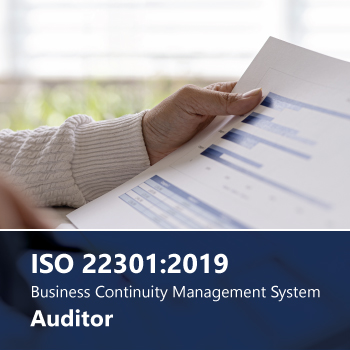What is HACCP and why it matters for food safety

When you grab a yogurt from the fridge, order sushi from your favorite restaurant, or buy baby formula, you probably don’t think about the complex systems working behind the scenes to ensure your food is safe.
Well... fortunately, such systems exist. One of the most important is HACCP—short for Hazard Analysis and Critical Control Points.
But what exactly is HACCP? Where did it come from? And how does it work in real life?
Let’s explore…
A Short History of HACCP
HACCP was first developed in the 1960s by NASA, in collaboration with the Pillsbury Company and the U.S. Army Laboratories. The goal? To ensure that food sent into space with astronauts was absolutely safe. Contamination was not an option—zero tolerance, as you might expect in that context.
This early version of HACCP focused on identifying potential hazards in advance and building systems to prevent them, rather than relying solely on end-product testing. The concept proved so effective that it was adopted across the food industry and eventually became a global benchmark for food safety.
What Does HACCP Mean?
HACCP stands for Hazard Analysis and Critical Control Points. In short, it involves a series of structured steps such as:
- Conduct a Hazard Analysis – Identify biological, chemical, or physical hazards in the food production process.
- Identify Critical Control Points (CCPs) – Pinpoint the steps where control is essential to eliminate or reduce a hazard.
- Monitor and Take Corrective Action – Set up monitoring for each CCP and take corrective measures if limits are exceeded.
In simple terms, HACCP is a proactive approach to food safety. Instead of reacting to problems after they occur, HACCP helps prevent them from happening in the first place.
While the simplified steps above offer a quick overview, it's important to note that the full HACCP system is built around seven recognized principles:
- Conduct a hazard analysis
- Identify critical control points (CCPs)
- Establish critical limits
- Establish monitoring procedures
- Establish corrective actions
- Establish verification procedures
- Establish record-keeping and documentation procedures
These principles form the foundation of a robust and globally accepted food safety system, applied across all types of food businesses—from primary production to processing, retail, catering, and distribution.
Where is HACCP Applied?
HACCP applies across the entire food chain—from farm to fork. This includes food manufacturing and processing, catering and food services, retail food outlets, distribution and logistics, packaging, and storage.
It sits at the core of modern food safety standards such as ISO 22000, and in many countries, HACCP-based procedures are a legal requirement.
Real-World Examples of HACCP in Action
To understand how HACCP works in practice, let’s look at a few simple examples:
- Pasteurized Milk Plant
- Hazard: Growth of harmful bacteria like Listeria
- Critical Control Point: Pasteurization—milk is heated to a specific temperature
- Monitoring: Continuous temperature control
- Corrective Action: If temperature drops below the critical limit, the batch is held for reprocessing or discarded
- Restaurant Serving Sushi
- Hazard: Parasites in raw fish
- CCP: Freezing fish to a temperature that kills parasites before serving
- Monitoring: Temperature checks in freezers
- Corrective Action: Discard fish not held at the correct temperature for the required time
- Juice Manufacturing Facility
- Hazard: Chemical contamination from cleaning agents
- CCP: Rinsing step after cleaning the mixing tanks
- Monitoring: pH and residue tests on rinse water before production starts
- Corrective Action: Repeat rinsing and re-test until all residues are eliminated
Why HACCP is Important?
Implementing HACCP helps organizations:
- Prevent foodborne illnesses
- Improve product quality
- Build consumer trust
- Comply with regulatory requirements
- Reduce waste, errors, and costly recalls
HACCP is a globally recognized system that has transformed how we manage food safety. From astronauts to everyday consumers, its impact is felt across industries and continents. If you’re involved in any part of the food chain, HACCP isn’t just a requirement—it’s also a responsibility.
Want to Know More About Food Safety?
Whether you're starting a food business, working in catering, or managing a manufacturing facility, understanding HACCP can help protect your customers, your brand, and your reputation.
At rigcert.education, we offer online training and certification for food safety professionals, including ISO 22000 and the food safety management system it defines. Learn at your own pace, from anywhere.


